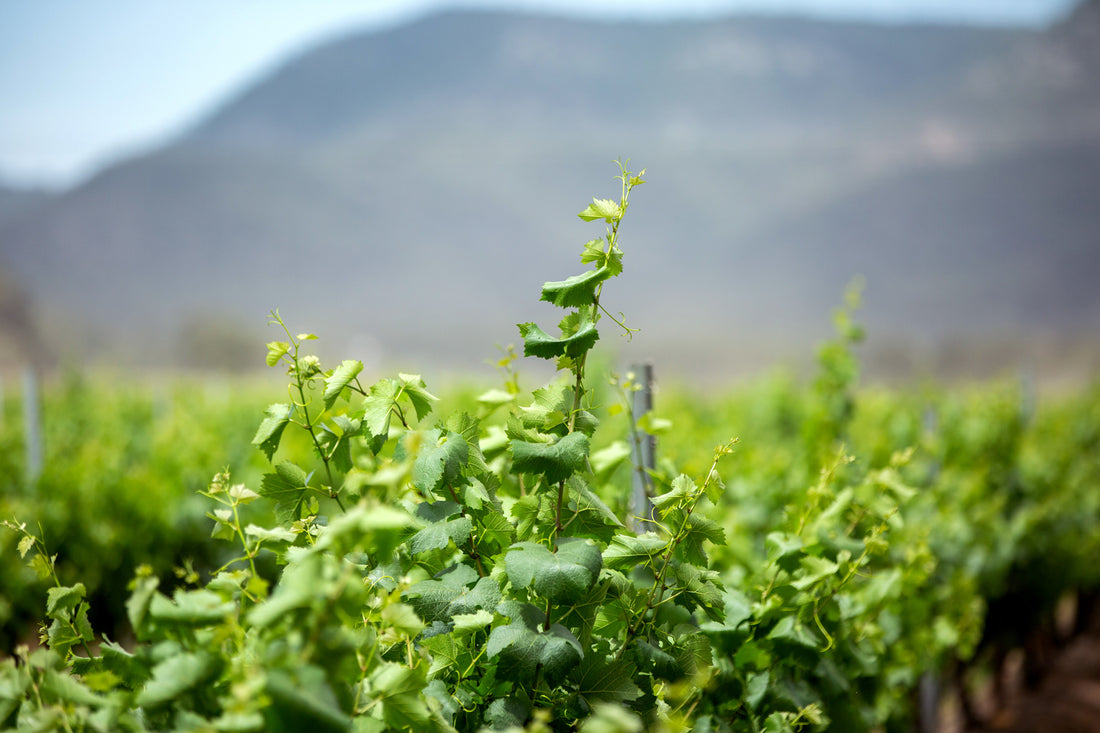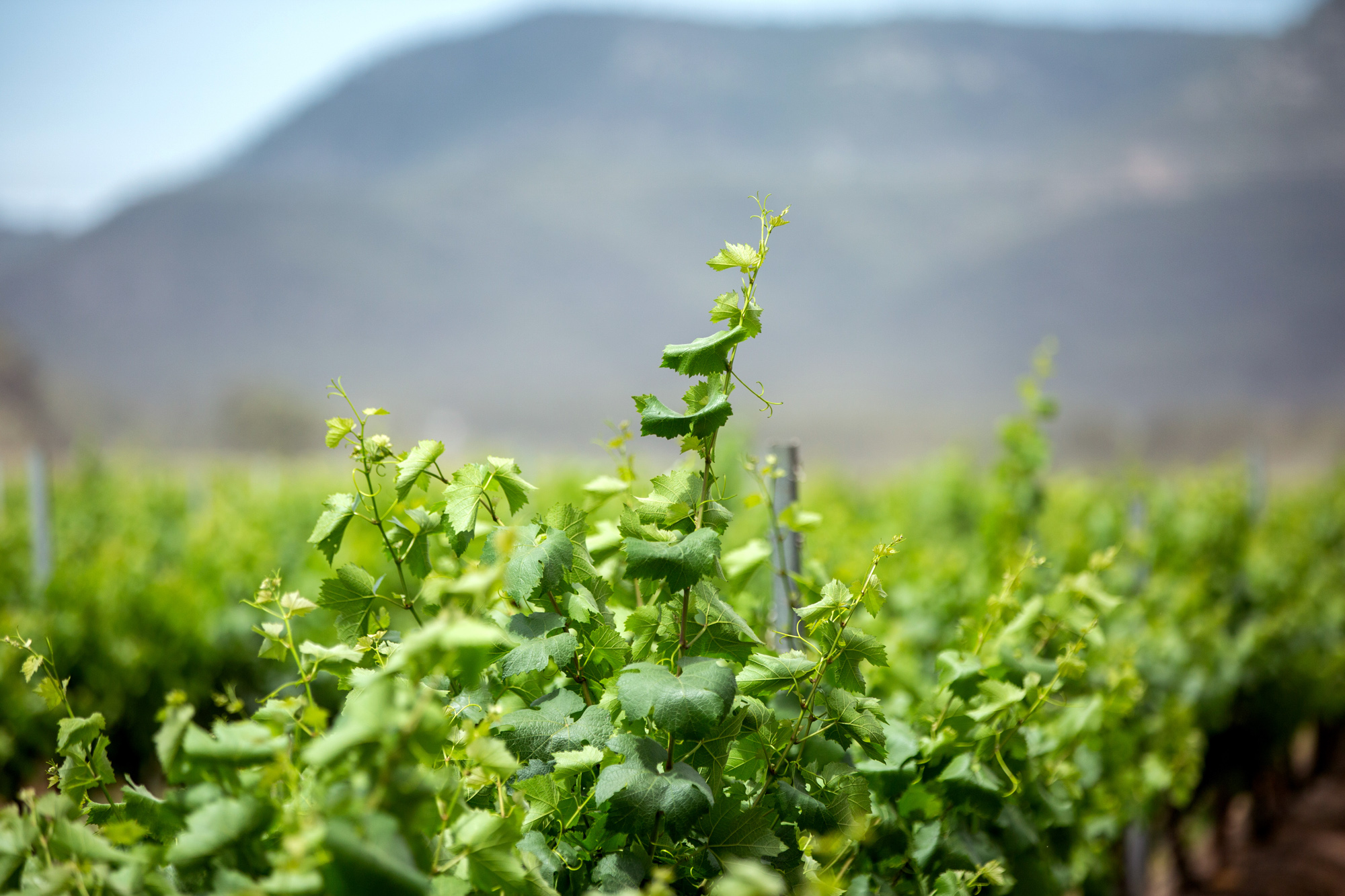
Thomas Wines 2020 Shiraz release – looking through the haze….
 It may seem like a distant memory now, but Hunter winemakers all too well remember the challenges we were presented with over the 2020 vintage.
It may seem like a distant memory now, but Hunter winemakers all too well remember the challenges we were presented with over the 2020 vintage.
2020 was shaping up to be the Hunter Valley’s fourth outstanding warm and dry vintage in a row. In a heartbreaking turn of events, the season was unfortunately compromised by the smoke that blew into our region during the Black Summer bushfires. The huge Gospers Mountain mega-fire to our south-west slowly crept towards our region and got as close as the fringes of Broke-Fordwich sub-region. Fortunately no vineyards in the Hunter were directly impacted by fire.
This 2020 Shiraz vintage report is designed to present the facts (and dispel some myths) regarding the impact of smoke taint on grapes and wines, and if you keep reading to the end you will ultimately find some surprisingly good news….
So, what is smoke taint…??
In the event of a bushfire within or in close proximity to a wine region, the grapes that are exposed to the smoke can absorb some of the volatile compounds that exist in that smoke, such as Guaiacol, Cresol and Syringol to name but a few.
The resultant wines can display ‘ashy’ aromas and flavours, coupled with an unusual ‘metallic’ like edge to the tannin structure. Highly impacted grapes will result in wines that can be quite unpleasant and simply taste like a dirty ashtray.
The level/concentration of smoke taint in grapes and wine is determined by a whole range of factors including the intensity and ‘freshness’ of the smoke, the grape variety, the stage of ripeness during exposure, harvesting method and winemaking process etc
In terms of variety, red wines are more susceptible to smoke taint as the majority of the smoke compounds tend to be absorbed into the skin of the grape, rather than deep into the flesh inside. Reds are obviously fermented and in contact with the skins for colour and tannin extraction, whereas our Semillons are generally whole bunch pressed prior to fermenting the juice without the skins. Many of you will have already tasted/drunk our 2020 Braemore and Synergy Semillons, and will agree these wines were basically scott free of any smoke taint.
Like most of my colleagues in the Hunter, I did an enormous amount of work in an attempt to understand how the various vineyards that we source from were going to be impacted by smoke taint. This included taking pre-harvest samples of grapes to conduct micro fermentation trials for sensory analysis as well as sending grape samples to the Australian Wine Research Institute to conduct smoke taint panel assay analysis. This is cutting edge technology at work…
The results of all this work gave us a good understanding of which vineyards were going to be a complete write off, and others that looked relatively promising with little or negligible impact from the smoke.
It certainly became clear that the smoke that drifted into the Hunter Valley was most intense in the Broke-Fordwich sub-region, which makes good sense as these vineyards were closest to the fires. In Pokolbin, the vineyards that lie in close proximity to the Brokenback range were the most highly impacted, and those vineyards further away from the range were impacted to a much lesser extent.
The smoke panel analyses we received back from the AWRI were particularly useful in determining the risk associated with potential smoke taint, particularly when combined with the perceived aromatic results of our pre-harvest micro ferments.
In all wine grapes, there is a background level of the volatile smoke compounds (the ones you can smell and taste) and bound glycoside compounds (you can’t taste these, but they may revert to volatiles at a later stage of maturation) even from vineyards that have had zero exposure to smoke. These compounds are always naturally floating around in the atmosphere, albeit at negligible/miniscule levels.
Let me try to give all of this some context. The actual numbers presented below will not necessarily be meaningful to you, but the relativity is interesting. We focused on the AWRI analysis of the bound glycoside levels as these are by far in the highest concentration
The sum of all the ‘background’ bound glycoside compounds in Shiraz is approximately 40 micrograms per litre, and this is (of course) way below any taste or sensory threshold.
The smoke taint panel results from all the Shiraz vineyards that we tested ranged between 48 (Sweetwater) and 280 (Cote D’or). Clearly, the proximity of these vineyards to the Brokenback Range is reflected in these results. I know of some other vineyards around Pokolbin that were testing above the 350+ mark and even heard of one result out at Broke at 1500, which is clearly off the charts.
Based on my micro-ferment sensory trials, I decided my cut off was going to be around 100, and this unfortunately put the knife through a few Shiraz vineyards like Cote D’or, Dam Block and Trevena (DJV) to name just a few. Of course, neither did we produce an OC or Fordwich Hill Semillon in 2020
The end result was that our 2020 Shiraz production was down by 60%, but the reduced crop we did harvest looked very good indeed…..
So I hear you say what Shiraz did we end up picking…..?
Well, Sweetwater and Ridgeview (Belford) both had relatively low/negligible levels of smoke and were an absolute no brainer. We’ve bottled an awesome single vineyard Sweetwater Shiraz, and the Ridgeview contributed an excellent component of our Two of a Kind Shiraz blend.
The 1969 old vines block on Pokolbin Estate (that would normally go to Kiss Shiraz) was testing at slightly higher levels (up around 100), but the fruit just looked way too good to leave on the vine. It definitely was not a vintage to bottle a single vineyard Kiss Shiraz so this parcel found its way into both our Synergy Shiraz and Two of a Kind Shiraz blends. Seriously high quality fruit in our ‘entry level’ wines, and serious value to be had here….
We also picked the Motel Block Shiraz, and this parcel also went to our 2020 Synergy Shiraz.
So that’s it. We’d normally bottle around nine different Shiraz labels each vintage, but in this season we were really only able to bottle three wines.
- 2020 Sweetwater Shiraz
- 2020 Synergy Shiraz
- 2020 Two of a Kind Shiraz
Stylistically, these three 2020 vintage Shiraz are definitely in the fuller end of the medium bodied spectrum, which reflects another warm and dry vintage. They are all quite ripe and display bright primary red and blue fruit, and for those of you that know our wines, they are similar in weight to the 2018 vintage.
2020 Sweetwater Shiraz
A smaller production this year (only 370 dozen bottled), focusing on the very best barrels to create this single vineyard wine. It is true to form with those distinctive floral notes adding vibrancy to the red and blue fruited frame. The palate is bright and juicy, with some well-judged (and sexy) premium French oak maturation contributing to a palate that sits squarely in the fuller end of the medium bodied Hunter Valley Shiraz spectrum.
Possibly the best 2020 Shiraz produced in the entire Hunter Valley. You be the judge….
2020 Synergy Shiraz
A blend of Shiraz from the Pokolbin Estate (Kiss), Sweetwater and Motel Block vineyards, (in that order). An incredibly concentrated, yet inherently approachable medium bodied Hunter Valley Shiraz. Typically blue fruited with some lifted spicy notes and a supple tannin structure that screams out for a second glass. This wine delivers outstanding quality for the price and will provide excellent current drinking or mid-term cellaring.
Could this be the best vintage of Synergy we’ve produced so far….?
2020 Two of a Kind Shiraz
A blend of Hunter Valley (52%) and McLaren Vale (48%) Shiraz. The Hunter component is sourced from the Ridgeview and Pokolbin Estate (Kiss) vineyards, the McLaren Vale (as always) from Barry Clarke’s vineyard in the Blewett Springs sub-region. The Hunter fruit dominates the nose with bright blue fruit and spice, with the McLaren Vale asserting its darker fruit, fleshy texture and deliciously chewy tannin structure on the palate. Another compelling wine that over delivers on quality for the price. Seriously smashable….
In summary, yes of course I’m disappointed that we have a very limited offering from this vintage. However, to one degree or another we need to deal with what mother-nature has in mind for us every vintage and this is really no different. Those of you that know me well will understand that I pride myself on quality and integrity, and (hopefully) this report also demonstrates my commitment to always tell it how it is.
At the end of the day I stand 100% behind the quality of these three wines, and on tasting I am sure you will agree we have done quite an exceptional job in a very challenging season
Cheers
Thommo